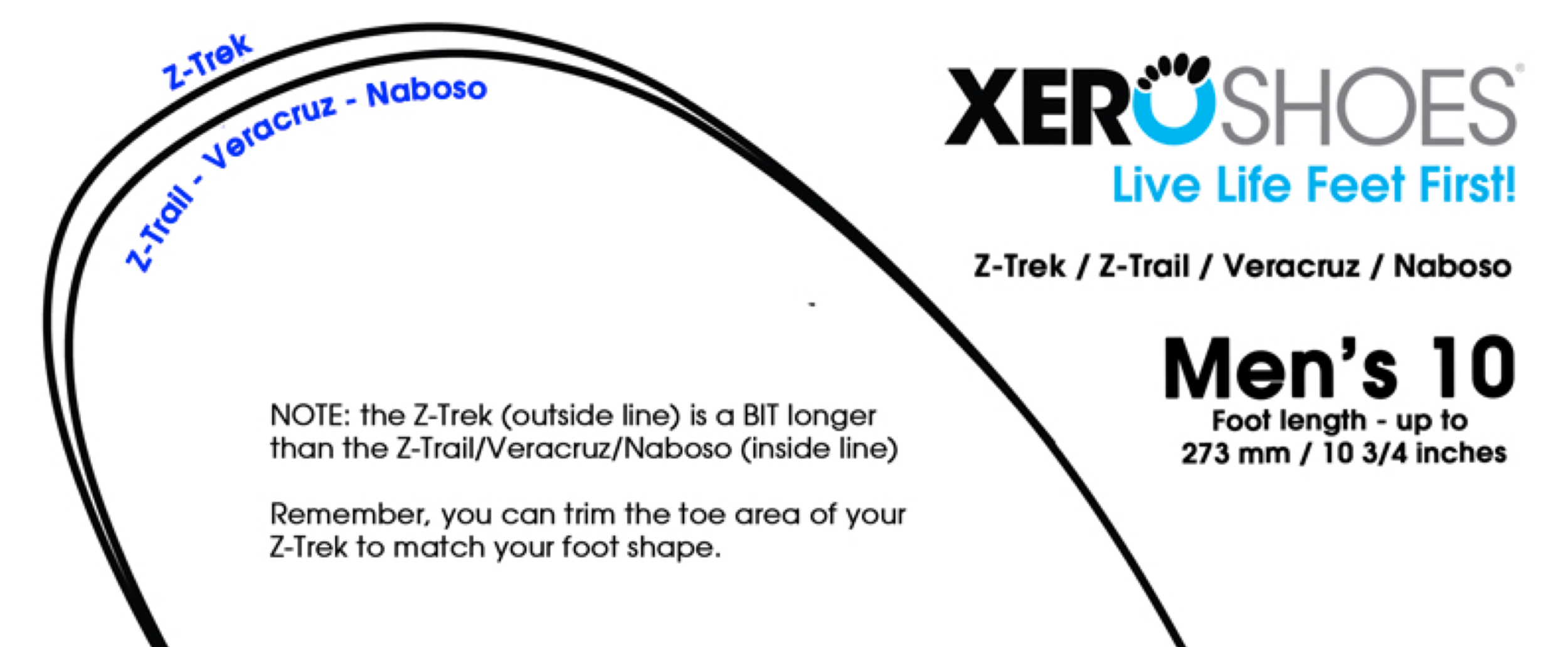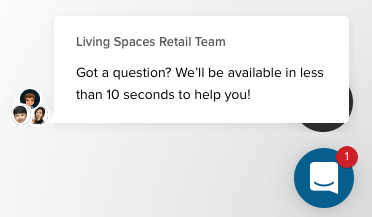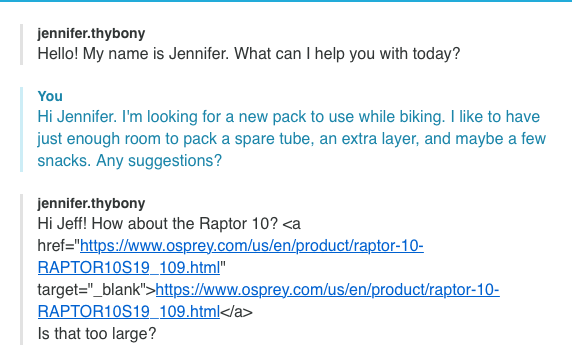Why customer success is the secret to revenue growth
"We had $1 million in preventable returns last year."
The executive who shared this shocking figure explained that his company had recently entered the consumer market for home improvement tools. The preventable returns were tools that worked perfectly well, but confused customers couldn't figure out how to use them.
The company had failed to anticipate that consumers wouldn’t be savvy users like the professionals who had used its tools for years. So it neglected to invest in customer success.
Here's a definition of customer success, why it's important, and how you can use it to win and retain more business.
What is customer success?
Customer success is a customer service function that helps customers achieve their goals using your product or service.
A retail sales associate who helps you pick out the perfect item is an example. They might advise you on the correct sizing, garment care, and the latest fashion trends.
Here are some more common examples:
Chat agents who answer pre- and post-purchase product questions.
Online instruction guides and how-to videos.
“Quick Start” guides included with product packaging.
Warning: some software companies would have you believe that customer success is separate from customer service. That's only because these companies have organized customer success into a distinct department. In reality, customer success is by definition a subset of customer service.
Customer success is often a combination of multiple resources. Here's an example:
I wanted to buy a pair of lightweight camp sandals to take backpacking. A friend recommended Xero Shoes and I found a pair online that I liked.
My challenge is I wear an extra-wide shoe, so sizing can be tricky. Fortunately, each product page had a link to a sizing guide.
The sizing guide is an example of customer success. It helps me achieving my goals—getting shoes that fit.
The guide includes a helpful downloadable template you can use to measure you foot. It also explains how to adjust the size by cutting the sandals to fit your foot shape.
I measured my foot with the guide, bought the right size, and the sandals fit perfectly.
Why is customer success important?
Marketing might get customers interested in your product or service, but it's often customer success that gets customers to stay.
One reason marketing gets so much more attention than customer success is marketing generates a lot of data to prove its value.
Here's a typical email I get from New Balance, a shoe company I have been loyal to for many years. Try to imagine what sort of data the marketing team is tracking:
They likely have quite a bit of information they can use to measure the success of this email campaign:
Email open rate
Click-through rate
Purchase rate
New Balance can also identify whether individuals like me clicked through and made a purchase. That's a treasure-trove of data that can signal whether email campaigns like this one are working.
Campaigns like this are primarily focused on incentives. The email is encouraging me to use my New Balance points for a discount and is offering an extra 25% off certain items. It also uses the headline “Don’t Miss It,” to encourage me to buy.
Despite all this data, New Balance missed a pretty big buying signal.
I recently planned a trip to Boston, where New Balance's flagship store is located. New Balance offers an in-store shoe fitting service, so I thought it would be fun to visit the store, get fitted, and buy some new shoes.
Here's what I found on the New Balance website:
There's not much information here and I still had questions.
How does the fitting process work? (Ex: will I be running, walking, etc.?)
Do I need an appointment or will there be a wait?
Are stores still offering fittings given the pandemic?
So I emailed New Balance's customer service team to get more information. I shared my questions, explained I was planning a trip to Boston, and describe my intent to visit the flagship store.
This was a powerful buying signal: an inbound email with an intent to purchase.
My consumer study of over 3,200 customers shows that companies should respond to emails like mine within one hour. It took several days for New Balance to respond.
The eventual response was unhelpful:
Bailey failed to answer any of my questions or even acknowledge my comment that the website information was incomplete. The message essentially read: “That’s not my department.”
This poor experience made me decide not to visit the store.
New Balance lost an easy sale, but it lost more than it. It had an opportunity to create a memorable, in-person fitting experience that could have deepened my loyalty.
Instead, the brand seemed inept and uncaring.
What makes customer success great?
An effective customer success function is there for customers when they need help with your product or service. This could be pre-purchase, when they're trying to decide what to buy. It might also be post-purchase, when they're trying to use your product or service.
Keith Amaker, Director of Customer Success at ZenBusiness, described it this way:
If your customers trust and believe that you will be there for them when they need or want you, there is a high probability that they will look for your brand first and promote your brand given a chance.
So the starting point is to figure out when customers need you. Identify critical moments along the customer journey where a customer is easily confused or needs extra help.
Some companies slap a chatbot on their website and call it a day. That’s not a great idea:
Research shows customers don't like chatbots.
Self-service works better when a human is readily available.
The challenge is making sure those humans are responsive and helpful.
Living Spaces is a furniture brand that I've purchased from many times. I recently went to its website to select a rug.
I had some questions about how to care for the rug before I purchased it, so I decided to chat. The Living Spaces website promised an impressive 10 second response time.
In reality, it took more than 10 minutes to get connected with someone.
When I finally reached a live agent, it felt like Roxanna was shooting from the hip. The response felt like a guess and didn’t give me the confidence to make a purchase.
Osprey is brand that gets customer success right. It effectively helps convert prospective buyers into loyal customers.
I recently visited the Osprey site to find a new backpack for bicycling. My starting point was Osprey's super-helpful Packfinder tool.
The tools asks questions to help narrow down your choices:
I was able to find a few options that looked promising. Each backpack has a detailed description, multiple product images, and a helpful explainer video, like this one.
I still felt like I needed some help, so I clicked on the handy chat button:
It took less than 30 seconds to get connected to Jennifer who had ESP-like abilities to answer my questions and quickly suggest packs. Notice Jennifer sensed the first suggestion might be too large:
By the end of the brief chat, Jennifer had given me several great suggestions to explore. This helped me build a wish list for my inevitable trip to REI.
Osprey's focus on customer success doesn't end on its website. It works extensively with retail partners like REI to make sure retail associates can help customers select the correct pack and get it properly fitted.
My trip to REI convinced me to purchase the Raptor, Jennifer’s first suggestion. The ability to try it on in person, and compare it to other models, was extremely helpful.
You can learn more about Osprey's incredible retail support in chapter six of The Guaranteed Customer Experience.
Conclusion
Customer success fills an important role in helping customers use your products or services. It can mean the difference between winning and retaining new business—or losing out.
Never forget you are competing with other companies. When my current accounting software provider raised its prices, I found a competitor that was highly rated and cost 50 percent less.
It should have been an easy win for the new company, but it hadn't invested in customer success.
Instructions for migrating my data from the old platform were outdated.
Contact information for support was hard to find.
When I finally found a contact page, email was the only option.
It took more than 15 hours to receive a response to my question.
The response I received was unhelpful.
This experience gave me time to contact the old company.
A helpful rep helped me pick a new plan that was a better fit for my business and offered me a 50 percent discount on top of that. Now I was paying 82 percent less than before.
No need to keep trying to get help from the other company. I cancelled the new account.












